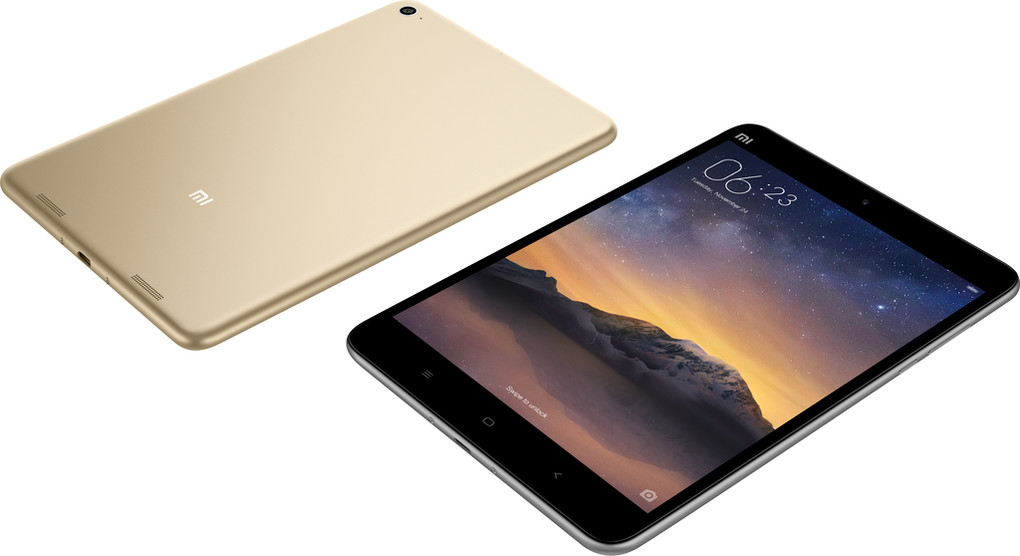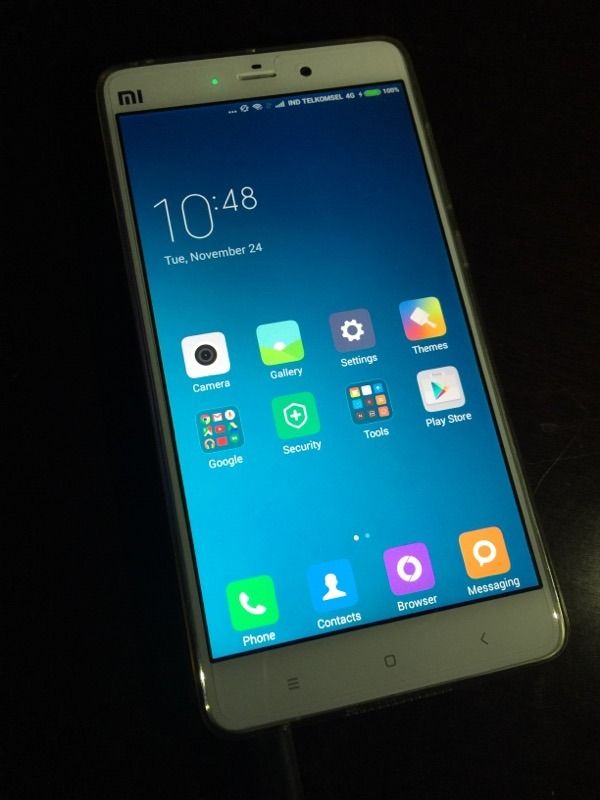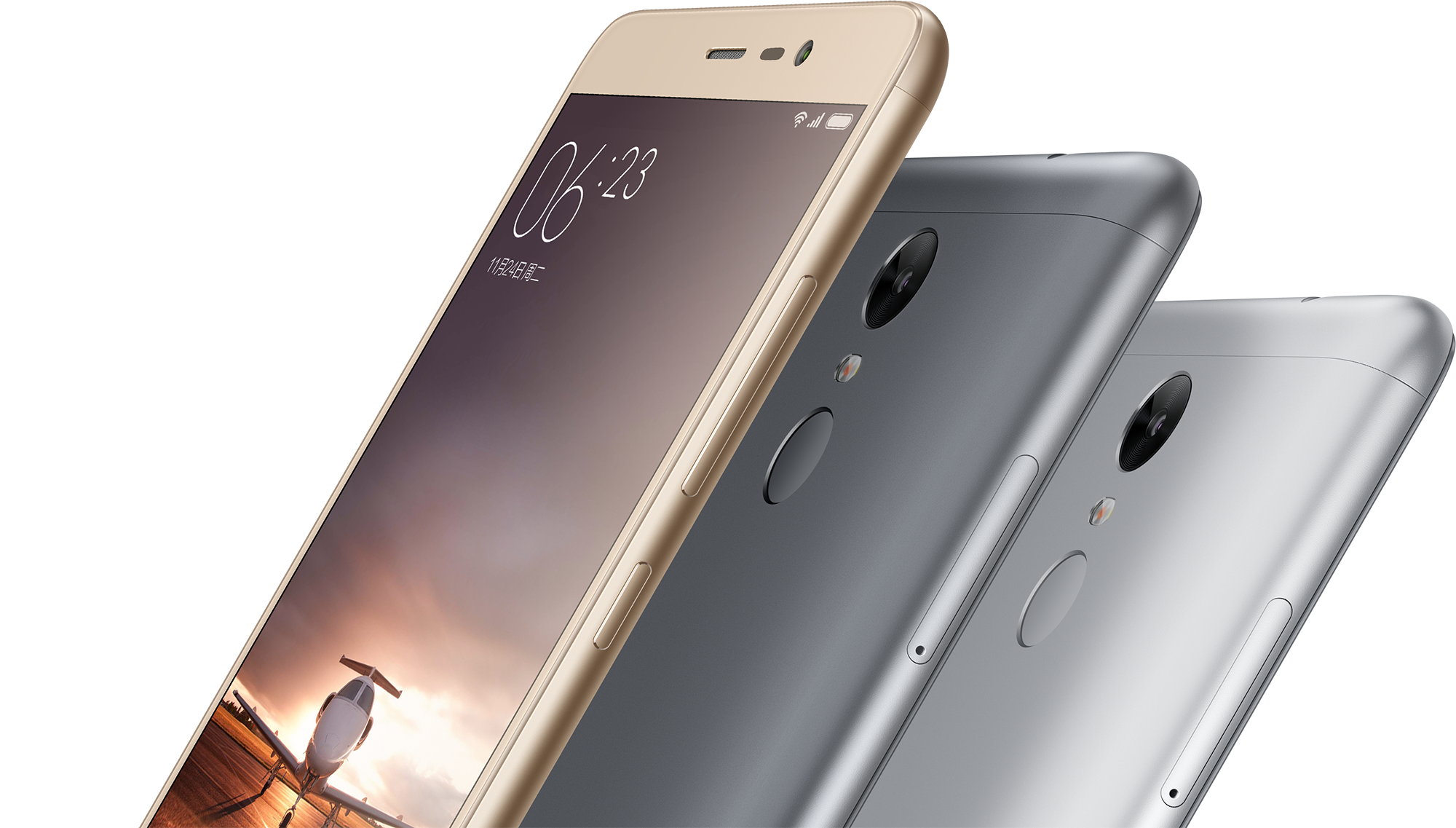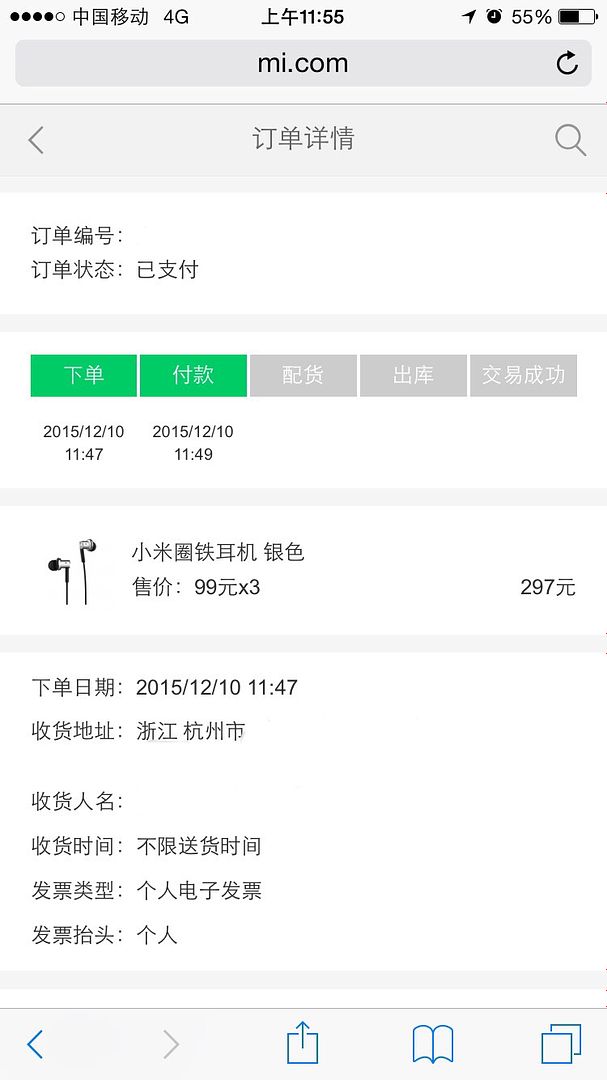Xiaomi in trouble????? -
http://www.bloomberg.com/news/artic...ion-valuation-seen-unfeasible-as-growth-cools
[h=1]
Xiaomi's $45 Billion Valuation Seen `Unfeasible' as Growth Cools[/h]
Tom Culpan
November 25, 2015 — 6:00 PM WIB
Things were going so well for Xiaomi Corp. Customers were lining up, investors were swooning and the Beijing-based startup closed funding at a $45 billion valuation. That was last year.
Now the high-flying smartphone maker is stumbling. Founder Lei Jun’s latest business, one of China’s most exciting startup stories of the past few years, is likely to miss its own goal of selling 80 million smartphones this year, according to two people with knowledge of its production plans. Suppliers also cut their internal targets for Xiaomi in anticipation of the shortfall, they said.
Xiaomi’s falter shows the startup’s challenge in trying to maintain momentum after a meteoric ascent past Apple Inc. and Samsung Electronics Co. in China. Investors bought into the company’s story of youthful disruption and online sales, yet the subsequent
lowering of China’s growth target and the copying of its sales strategy by rivals have neutralized Xiaomi’s first-mover advantage, putting its high price tag in doubt.
"All those expectations of growth aren’t being realized, which now makes that $45 billion valuation unfeasible," said Alberto Moel, an analyst at Sanford C Bernstein in Hong Kong. "The argument was that their business is kind of like Apple and they’re growing very fast, but they’re no longer growing so fast and they’re not as good as Apple."
Shipments Drop
Xiaomi doesn’t provide exact shipment targets to its suppliers, instead working on a real-time basis with orders fulfilled as they come in on Xiaomi’s website. Yet the companies tasked with preparing the components and capacity to meet Xiaomi’s needs have started scaling back production and diverting resources elsewhere, said the people, who have knowledge of the supply chain and asked not to be identified because the details are private.
Domestic shipments of Xiaomi smartphones, including its premium Mi 4 and more economical Redmi series, dropped 8 percent in the third quarter from a year earlier, its first-ever decline, according to
researcher Canalys. IHS, another research firm, estimates that Xiaomi shipments dropped 3.9 percent, barely maintaining the lead over Huawei Technologies Co.
That’s a big change from the bold growth projections used to justify Xiaomi’s tag as one of the world’s most-valuable technology startups. In March of last year, Lei
predicted selling 100 million smartphones in 2015. Through the first nine months of this year, Xiaomi shipped about 53 million smartphones.
With its optimistic forecast, Xiaomi secured $1.1 billion in December from investors including GIC Pte., All-Stars Investment Ltd. and DST. Xiaomi drew comparisons to Alibaba Group Holding Ltd., the Chinese e-commerce company that months earlier held the largest initial public offering ever.
‘Hype, Hope’
At 3.75 times last year’s $12 billion in
revenue, Xiaomi’s fundraising gave it a price-to-sales ratio exceeding that of Apple, which currently trades at 2.9.
That pricing of Xiaomi does not seem to have been based on any known or accepted valuation methodology, said Peter Fuhrman, chairman and CEO of China First Capital. "Hype and hope seem to have been the two key drivers," he said.
In March, after that round of funding and after China
set its lowest growth target in 15 years, Lei
trimmed his earlier prediction to "80 million to 100 million" units for the year.
Its first year-on-year decline came during a quarter when Xiaomi released its Redmi Note 2, a lower-priced handset that sold for an
average of 801 yuan ($125) each. On Tuesday it unveiled a metallic version of that phone with a fingerprint sensor, as well as a new tablet computer and air purifier.
‘Substantial’ Market
Growth might be reignited in the fourth quarter by China’s Nov. 11 Singles’ Day shopping promotions and the latest version of the Redmi Note. The company, which traditionally unveils an update to its marquee Mi smartphones during the third quarter, hasn’t yet announced a Mi 5 after last year’s Mi 4.
“I am not concerned about the valuation because, over time, their market is substantial,” said Hans Tung, managing partner at Xiaomi investor GGV Capital in Menlo Park, Calif. “Over the next 12 months, it’ll become increasingly obvious what Xiaomi is doing in the smart home and services space.”
Hugo Barra, a Xiaomi vice president, declined to comment on shipment targets or valuations and referred questions to Chief Financial Officer Shou Zi Chew, who didn’t reply to an e-mail seeking comment.
Xiaomi eschews the label of smartphone maker, claiming instead
to be an "Internet company” furnishing a range of devices and online services. Xiaomi and its affiliates sell TVs, air filters, battery packs, action cameras, fitness trackers and even a self-balancing scooter. Its non-hardware offerings include games, payments, mobile-phone services and cloud storage.
No Loyalty
It’s those other products, such as the Mi Air Purifier 2 released this week, which Tung sees helping Xiaomi expand its sales and keeping consumers coming back to an ecosystem that connects home devices to the Internet and through mobile apps.
The ancillary businesses are still relatively small, with the company expecting the services units to account for just $1 billion of its $16 billion in projected revenue this year, Barra said in a July interview. Sales of smartphones outside China accounted for just 7 percent of its total in the third quarter, according to Strategy Analytics.
Xiaomi has struggled partly because competitors Huawei, Lenovo Group Ltd. and
Gionee -- among others -- quickly copied its business model with ultra-thin devices, glossy websites and lower prices, allowing consumers to easily switch to the hippest new phone.
"Xiaomi was very popular because it was the first brand that marketed its phones as being limited edition," said Chen Si, a 25-year-old real estate worker in Beijing who bought the Mi 3 after its 2013 release, citing its cool design. "I wouldn’t say I am loyal to Xiaomi, I just think that a phone should be affordable and easy to use. If not, then I’ll just change."
A year later, she switched to the iPhone 6.








